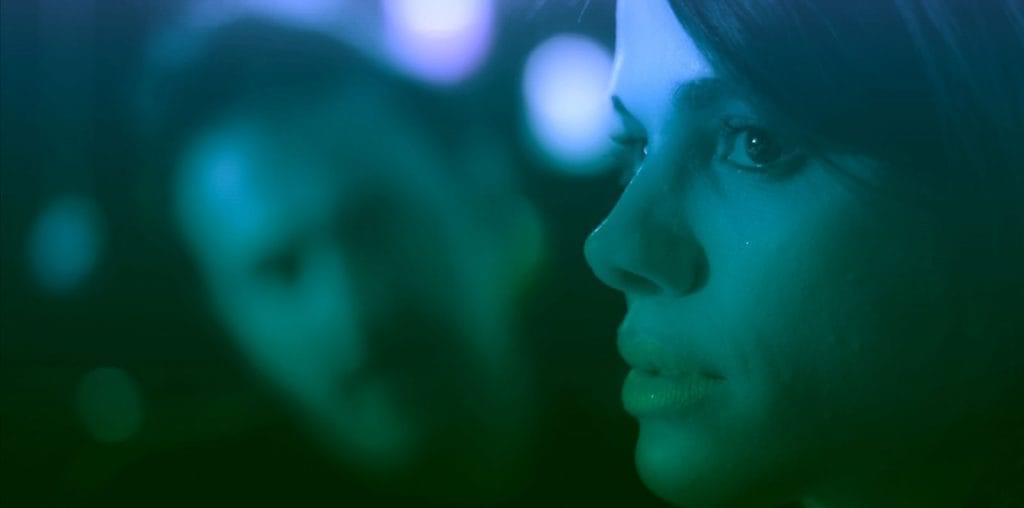
It’s not often that a self-narrated film has a lasting impression, but Cassio Tolpolar’s homegrown and low-key storytelling skills in his documentary “Mamaliga Blues” offers up an enchanting tale of search and discovery. It’s an affectionate look into his genealogical roots, taking him from Brazil back to the family shtetl Oliscani in Bessarabia (now: Moldova). Filmed over several years, beginning in May 2008, the film compacts historical information in bite size tidbits, initially with an opening powerpoint-style slideshow of family photos overlaid with narration about the Topolars departure from Europe and arrival in South America. When he takes his camera, his sister, Kerley, and their father, Mauro, to Moldova, where a once thriving Jewish population of 400,000 has now dwindled to maybe 12,000, they arrive in Chisinau. With the help of guide/interpreter Natasha Alhazova, who provides a cliff-notes sampling of the country’s social, economic, and political status in the world, it’s obvious that the country is truly a melting pot of cultures.
But Cassio has a mystery to solve. Finding the gravesite of his great-grandparents, Meyer and Ene, murdered in 1930; looking for the cemetery based on an old photograph handed down through the generations. Unfortunately, its location is very much in doubt, so the film becomes a quest. Dead ends abound.
The nice thing about the film is the wealth of family memorabilia that Cassio sprinkles throughout. Photographs. Postcards. Talking heads with his extended Brazilian branch; lots of stories. The journey takes the group to Edinitz, another possible point of origin, and where one of the ancestors was supposedly born. Hey, in genealogy, you make bread from such crumbs of memory. If one official in the town doesn’t have answers, phone calls are made to find other connections.
A great-uncle’s house is found, now a small cafe.
But no grave.
The journey, which criss-crosses the country, as well as the maternal side of the family, jumps from one overgrown, non-maintained (and often vandalized) cemetery to the next, accompanied by non-Jewish locals with their own ideas about where the actual grave might be. The towns rush by, mostly in the Orhei province.
There’s a folksy atmosphere throughout that gives the film a nice homey feel. As the search for the Topolars falls on elderly ears, non-Jews—tending to their lives and livestock—offer few clues. Old faded memories push the family on more than one wild goose chase, yet an enlightening one, especially for any of us who have put time into researching our families. Grave hunting is a bitch in this part of the world, especially for the other members of a clan who were mass murdered during the Holocaust. No burial markers to make it easier on today’s generation to find their ancestors. “Troubled memories,” Casssio admits as the family’s initial quest ends without closure.
The last third of the film offers up an enlightened postscript four years later. Another journey back, now with his wife, Lara Miller, and their daughter Melina. More dirt roads as they head north. 82 years into the past is out there, waiting for the present. And the future.
